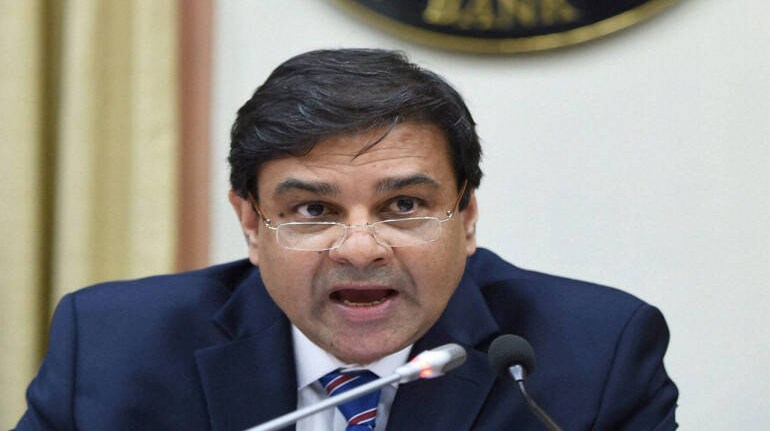
The Reserve Bank and its Monetary Policy Committee (MPC) have, what some may call, a good problem: inflation is at a benign 3.6 percent as of February and likely to end way below the RBI’s March 2017 forecast of 5 percent. The rupee is among the most stable currencies in the world, not withstanding any hawkishness on the part of the US Federal Reserve.
The only problem the MPC faces as it sits to announce the monetary policy is that most treasury bill rates are below the RBI’s overnight policy rate.
For a central bank, that just in the previous policy in February worried about inflation and shifted its stance from accommodative to neutral, this dip in yields below its overnight policy rate could raise questions of credibility. To be consistent the central bank ought to drain liquidity probably by raising the cash reserve ratio (since it can’t sell too many bonds given the massive reverse repo operations that it has to perform on a daily basis to suck out nearly Rs 3.3 lakh crore).
If one shifted gaze from the narrow goal of inflation control and thought in terms of financial stability, using the CRR weapon can have adverse consequences. Already the unexpected shift of stance from accommodative to neutral in February has led to losses in the investment book for many banks.
At a time when banks desperately need some returns from their investment book, a CRR hike can do more harm. The banking system collectively needs Rs 86,000 crore more to achieve a 65 percent provision cover for its current declared bad loans (or gross non performing loans) of 9.5 percent of total loans. And most experts will agree that the system is likely to throw up more NPAs in the short term.
One ideal way to drain liquidity , as many experts have been pointing is for RBI to introduce a standing deposit facility into which banks can deposit cash without the RBI having to provide G-Secs as collateral. However, this will require a legislative change because under current rules RBI cannot accept uncollateralised money. The MPC in its statement on Thursday may fight shy of making reference to an expected legislation, assuming such a legislative change is on its way.
The other option it has is to lower the reverse repo rate from 5.75% to say 5.5 percent i.e. expand the corridor between the repo and the reverse repo rate. This will automatically make the yield curve look less out of sync. But this step has two dangers: A) T-bill rates will still be below the RBI’s overnight lending rate and B) A rate cut will ill fit with the recent hawkish twist to the MPC’s stance. To be sure the RBI can explain that its policy rate is the repo rate, not the reverse repo rate and that this is a temporary measure because of a temporary rise in liquidity post demonetisation.
The central bank can explain that now that withdrawal limits on depositors are off, the excess cash will eventually shrink as deposits are withdrawn.
The other option, of course, is to leave well alone, do nothing and live with the distortion in the shorter end of the yield curve, in the interest of financial stability. Helping the banks will not be the only advantage of such a move. Such a step will also prevent adding further fuel to the rising rupee.
Should the RBI resort to a CRR hike, yields will rise and that could attract more dollar flows into debt instruments thus pushing the rupee even higher. The RBI cannot entirely ignore the appreciation in the rupee. The currency is 22 percent overvalued in real effective exchange rate terms compared to a basket of 36 currencies of India’s trading partners.
Yes, not doing anything when the shorter end of the yield curve is lower than the policy rate may disturb inflation purists. But the RBI is more than an inflation fighting central bank. It is the keeper of financial stability.
At a time when credit growth is at a historical low of 4% the central banks cannot impose an overvalued currency on the still limping corporate sector. Nor can it impose fresh burdens on debilitated banks. The MPC will have to temporarily interpret its mandate more broadly as financial stability and not just narrow inflation control. In any case, this dissonance may be temporary if legislation on a standing deposit facility is on its way.
Discover the latest business news, Sensex, and Nifty updates. Obtain Personal Finance insights, tax queries, and expert opinions on Moneycontrol or download the Moneycontrol App to stay updated!